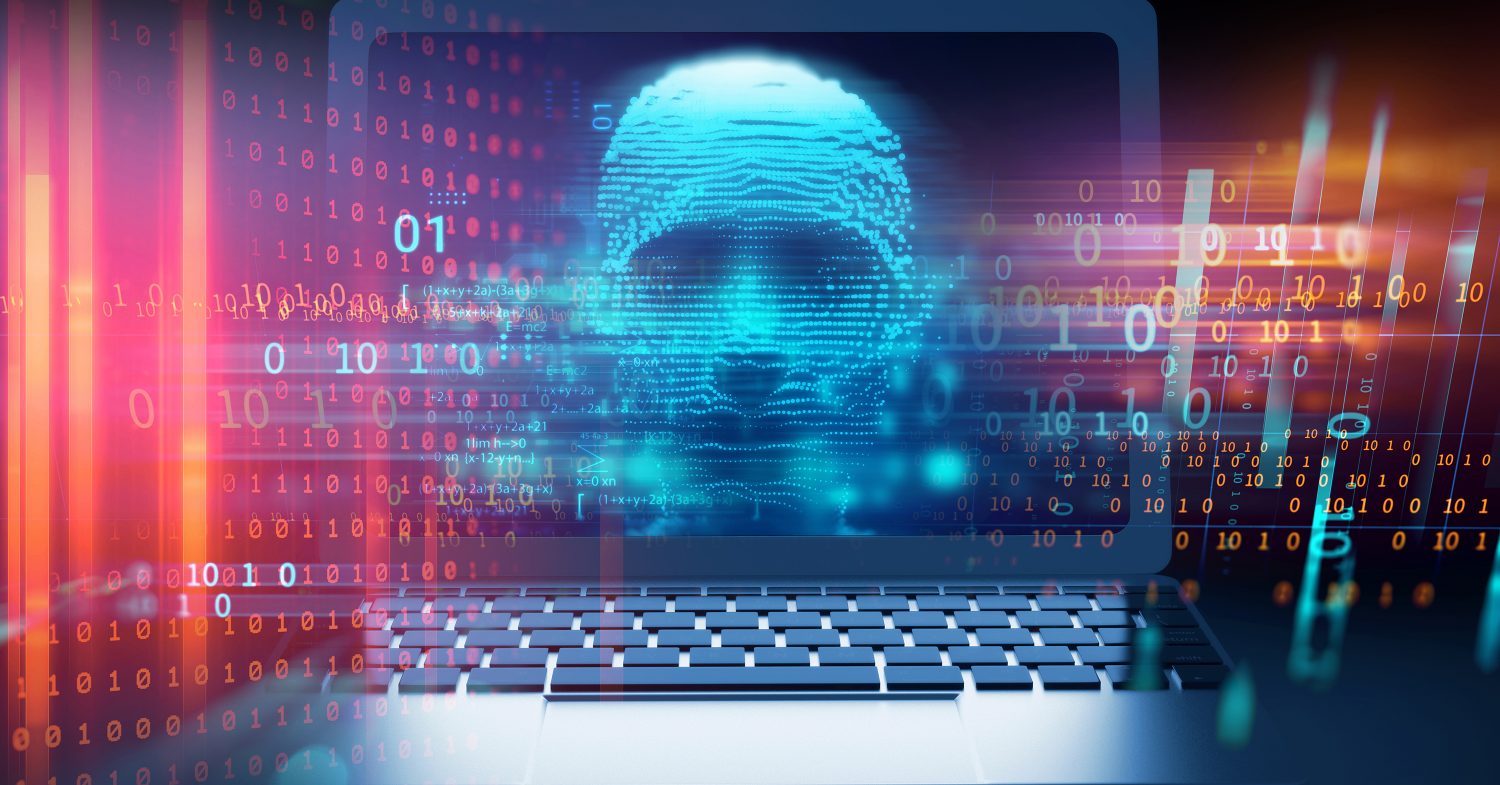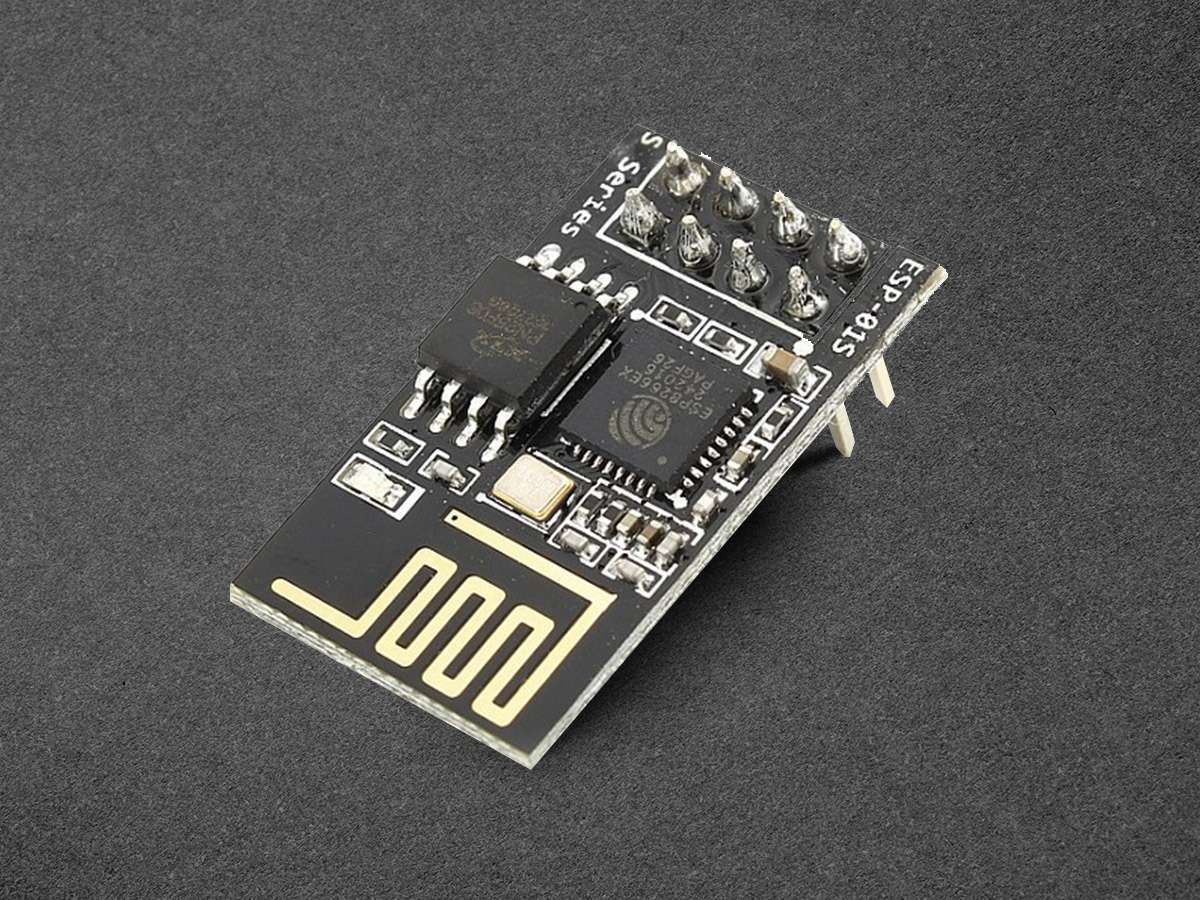Introduction
The dark web is a term that has gained significant attention in recent years. It is a hidden part of the internet that is not easily accessible through traditional search engines. Within the dark web, various illicit activities take place, including the distribution of illegal and harmful content. One such disturbing and illegal content found on the dark web is CP, which stands for child pornography. It is important to shed light on this issue to raise awareness and promote efforts to combat its existence.
Child pornography is a deeply troubling and illegal form of sexual exploitation that involves the production, distribution, and possession of explicit materials featuring minors. The alarming rise of CP dissemination on the dark web has raised serious concerns regarding child exploitation and online safety. It is crucial to understand the nature of this issue, explore its distribution methods, and acknowledge the legal and ethical ramifications associated with CP on the dark web.
This article aims to delve into the world of the dark web, specifically focusing on CP distribution. It will analyze the legality and ethical concerns, as well as the dangers and consequences of engaging with such explicit content. Additionally, we will explore the measures being taken to combat CP on the dark web and contribute to a safer online environment.
What is the Dark Web?
The dark web is a part of the internet that is intentionally hidden and not indexed by search engines. It operates on a different network known as the “Tor” network, which anonymizes users and enables them to access websites that exist within this hidden realm. The dark web is often associated with illegal activities due to its anonymity and untraceable nature.
Unlike the surface web, which consists of websites that are easily accessible through search engines like Google or Bing, the dark web requires special software, such as the Tor browser, to access its content. This added layer of privacy attracts individuals who wish to engage in illicit activities, including drugs, weapons, hacking services, and child pornography.
It is important to note that not all activity on the dark web is illegal. There are legitimate uses for anonymity, such as whistleblowing or private communication in countries with restricted internet access. However, the dark web has gained notoriety for being a hub of illegal operations due to the lack of oversight and the anonymity it provides to its users. This anonymity makes it difficult for law enforcement agencies to track down criminals and hold them accountable for their actions.
It is crucial to understand that the dark web is just a small portion of the internet. It represents only about 0.01% of the total web content. The majority of internet users will never venture into the dark web, as it requires specific knowledge and intention to access. Nevertheless, the existence of the dark web raises serious concerns regarding illegal activities and the need for increased vigilance in maintaining online safety.
What is CP?
CP, which stands for child pornography, is a highly disturbing form of illegal content that involves the exploitation and sexual abuse of minors. It refers to the creation, distribution, and possession of explicit materials, including images, videos, or digital media, that feature children engaged in sexually explicit activities. CP is a serious crime and a violation of children’s rights, resulting in long-lasting psychological and emotional damage.
The production of CP involves exploiting vulnerable children who are coerced or forced into participating in explicit activities. These activities are then captured through various means, such as photography or video recordings. The distribution and possession of CP perpetuate the abuse and further harm the victims, as well as promote the demand for such explicit content.
It is important to understand that CP is not only a legal issue but a grave violation of human rights. It is a form of child exploitation that exploits the innocence and vulnerability of minors. The existence of CP on the dark web poses a significant threat to children globally, as it provides a platform for the circulation of this illicit content.
The victims of CP suffer immense harm not only during the production of the explicit material but also throughout their lives. They endure years of trauma, shame, and psychological distress as a result of their exploitation being perpetually accessible and circulated on platforms like the dark web. It is imperative that society recognizes the severity of this issue and takes collective action to protect vulnerable children from the horrors of CP.
How is CP distributed on the Dark Web?
The dark web provides an anonymous and encrypted environment for the distribution of illegal content, including child pornography (CP). This hidden part of the internet offers various channels and methods for the dissemination of CP, making it challenging for law enforcement agencies to track down and eradicate such explicit material.
One common method of distributing CP on the dark web is through underground marketplaces specifically designed for illegal transactions. These marketplaces operate similarly to e-commerce platforms, allowing individuals to buy, sell, and trade illegal content, including CP. These marketplaces often require users to use cryptocurrency for transactions, thus providing an additional layer of anonymity.
Another method involves the use of specialized forums and chat rooms for sharing and uploading CP. These platforms serve as meeting points for individuals interested in accessing and exchanging explicit material. Users may join private groups or engage in one-on-one conversations to share illegal content, while evading detection by law enforcement.
Additionally, some individuals use hidden services on the dark web, known as Tor hidden services, to host and distribute CP. These websites have URLs that end with the “.onion” extension, indicating that they are hidden and accessible only through the Tor browser. These hidden services provide a platform for the exchange and consumption of explicit material, often requiring users to prove their engagement and commitment to gain access.
The use of encryption and anonymity tools, such as Virtual Private Networks (VPNs) and the Tor network, further complicates the detection and tracing of CP distribution on the dark web. By encrypting and anonymizing their activities and connections, users can conceal their identities and locations, making it exceedingly difficult for law enforcement agencies to identify and apprehend individuals involved in the distribution of CP.
It is important to recognize that these methods are constantly evolving, as law enforcement agencies and cybersecurity experts work tirelessly to combat the distribution of CP on the dark web. Efforts to disrupt networks, track digital footprints, and dismantle underground marketplaces play a vital role in reducing the availability and accessibility of CP, thereby protecting vulnerable children from further harm.
The legality and ethical concerns of CP on the Dark Web
The distribution and consumption of child pornography (CP) on the dark web raise critical issues related to legality and ethics. CP is unequivocally illegal in almost every jurisdiction worldwide due to its exploitative nature and the harm inflicted upon children involved. The dark web, with its encrypted and anonymous environment, allows individuals to engage in the illegal procurement and dissemination of CP, posing significant challenges for law enforcement agencies and society as a whole.
From a legal standpoint, the distribution and possession of CP are serious criminal offenses that carry severe penalties. The proliferation of CP on the dark web raises concerns as it operates beyond the jurisdiction of traditional law enforcement, making it harder to identify and hold perpetrators accountable. Stricter legislation and international cooperation are vital in combating the distribution of CP on the dark web and ensuring that those involved face appropriate legal consequences.
Ethically, the existence of CP on the dark web elicits a strong moral repugnance. The production and consumption of explicit material featuring minors perpetuate the exploitation, abuse, and violation of their rights. Engaging in such activities not only supports the demand for CP but also promotes the continuation of child exploitation and the perpetuation of harm against innocent victims.
Furthermore, the ethical concerns extend beyond the direct harm inflicted upon the victims. The distribution of CP contributes to a culture that normalizes and desensitizes individuals to the sexual abuse and exploitation of children. It perpetuates harmful attitudes and behaviors, perpetuating the cycle of abuse and putting more children at risk.
Society has a collective responsibility to address the legality and ethical concerns associated with CP on the dark web. This requires increased awareness, advocacy, and collaboration between governments, law enforcement agencies, and organizations dedicated to child protection. Efforts should focus on strengthening legislation, improving digital forensic techniques, providing comprehensive support for victims, and raising public awareness about the consequences and ethical implications of engaging with CP on the dark web.
The dangers and consequences associated with CP on the Dark Web
The existence of child pornography (CP) on the dark web poses significant dangers and consequences, both for the victims and society as a whole. It is crucial to understand and acknowledge these risks to effectively combat the dissemination and consumption of CP in online spaces.
First and foremost, CP perpetuates the exploitation and victimization of children. The production of explicit material featuring minors involves the coercion, abuse, and manipulation of vulnerable individuals who are unable to give their consent. These victims endure severe psychological, emotional, and physical harm, which can have lifelong consequences on their well-being and development.
Additionally, the availability of CP on the dark web presents a significant risk of re-victimization for the individuals involved. Explicit material featuring minors can circulate and remain accessible for years, continually resurfacing and causing ongoing harm to the victims. This perpetual exposure amplifies the trauma and psychological distress experienced by the victims, hindering their healing and recovery.
For individuals who engage with CP on the dark web, there are legal and personal consequences. The possession, distribution, or consumption of CP is illegal in most jurisdictions and can result in severe criminal penalties, including imprisonment and registration as a sex offender. Beyond legal repercussions, individuals who engage with CP may suffer from social stigma, damaged personal relationships, and psychological consequences, such as guilt, shame, and addiction.
Furthermore, the presence of CP on the dark web fuels the demand for explicit material featuring minors. By engaging with and perpetuating the consumption of CP, users indirectly contribute to the victimization and exploitation of more children. This cycle of demand and production perpetuates the suffering and harm inflicted upon vulnerable individuals, perpetuating a dangerous industry built on the exploitation of innocence.
The dark web also poses a danger to society at large by normalizing and desensitizing individuals to the sexual abuse of minors. The availability and accessibility of CP can distort societal attitudes and contribute to an environment where child exploitation is tolerated or normalized. This not only affects the well-being and safety of individual children but also erodes the moral fabric of society.
It is essential to recognize the grave dangers and consequences associated with the presence of CP on the dark web. Society must prioritize efforts to combat the dissemination of explicit content and protect vulnerable individuals from further harm. This includes stringent law enforcement efforts, increased education and awareness, comprehensive support systems for victims, and preventive measures to combat the demand for CP.
Measures taken to combat CP on the Dark Web
The distribution and consumption of child pornography (CP) on the dark web present significant challenges in combating this illegal and harmful activity. However, governments, law enforcement agencies, and organizations are actively taking measures to address this issue and protect vulnerable children from exploitation. Various initiatives and strategies have been implemented to combat CP on the dark web and reduce the availability and accessibility of explicit material.
One of the primary approaches to combating CP on the dark web involves law enforcement efforts. Agencies across the globe work collaboratively to investigate and dismantle networks engaged in the production, distribution, and consumption of CP. These efforts are supported by enhanced digital forensic techniques, intelligence gathering, and international cooperation to identify and apprehend individuals involved in illegal activities on the dark web.
In addition to law enforcement, initiatives focusing on prevention and education play a crucial role in combatting CP. Governments and organizations invest in campaigns and educational programs that raise awareness about the consequences and ethical implications of CP. These efforts aim to educate the public, promote responsible internet use, and encourage reporting of suspicious activities.
Technological advancements are also being utilized to combat CP on the dark web. Software tools are developed to detect, track, and report explicit materials, assisting in the identification and removal of CP websites and content. Artificial intelligence and machine learning algorithms are deployed to automatically detect and report illegal activities, aiding in the swift intervention and prevention of CP distribution on the dark web.
To disrupt the availability of CP on the dark web, partnerships between social media platforms, technology companies, and law enforcement agencies have been established. These collaborations aim to improve the detection and removal of CP content, enhance reporting mechanisms, and block access to websites hosting explicit material involving minors.
There is also a concerted effort to provide comprehensive support and assistance to the victims of CP. Victim-centered approaches focus on providing counseling, rehabilitation, and legal aid to individuals who have been exploited and abused. Organizations and NGOs work tirelessly to ensure the recovery and well-being of victims, as well as their reintegration into society.
It is crucial to note that combating CP on the dark web requires a multidimensional approach involving legislation, law enforcement, technological advancements, prevention, education, and victim support. Continuous efforts and collaboration on a global scale are necessary to effectively address this grave issue, protect children from exploitation, and create a safer online environment.
Conclusion
The distribution of child pornography (CP) on the dark web is a grave issue that demands urgent attention. The dark web provides an anonymous and encrypted space for the dissemination of explicit material featuring minors, posing significant challenges for law enforcement agencies and society as a whole. It is essential to understand the nature of the dark web and the distribution methods of CP to effectively combat this illegal and harmful activity.
CP is not only a legal issue but a violation of human rights, as it involves the exploitation, abuse, and victimization of children. The existence of CP on the dark web raises serious ethical concerns, perpetuating a culture that normalizes and desensitizes individuals to child exploitation. It is our collective responsibility to address these concerns and take action to protect vulnerable children from this egregious form of abuse.
To combat CP on the dark web, a range of measures is being taken. Law enforcement agencies are working collaboratively to investigate and dismantle networks engaged in the distribution and consumption of CP. Prevention and education initiatives aim to raise awareness about the consequences of engaging with CP and promote responsible internet use. Technological advancements aid in the detection, tracking, and reporting of explicit material, while collaborations between social media platforms, technology companies, and law enforcement agencies work towards removing CP content and blocking access to illegal websites.
Support systems for victims are crucial in helping survivors of CP regain their lives and recover from the harm they have experienced. Comprehensive assistance, including counseling, rehabilitation, and legal aid, is provided to ensure the well-being and reintegration of victims into society.
However, combating CP on the dark web requires ongoing efforts and collaboration on a global scale. Stricter legislation, enhanced law enforcement capabilities, continuous technological advancements, and increased awareness are all necessary components in the fight against this heinous crime. Together, we can work towards creating a safer online environment for children, where the exploitation and dissemination of explicit material is eradicated, and their rights and well-being are protected.

























